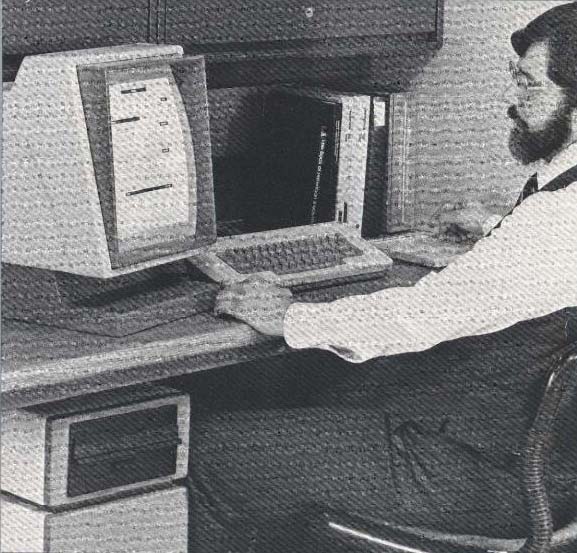

Three Rivers was formed in 1974 by five people from Carnegie Mellon University:
All but Brian Rosen had worked on the CMU distributed computing project C.mmp.
They started as an enterprise working from the basements of their houses and developed into a small energetic company producing high quality graphics systems. Particular products were:
The company had a good reputation in the area of innovative high quality graphics products.
Brian Rosen did not stay at Three Rivers long, leaving in November 1976 to join the Product Development Group at Xerox PARC. His project there was the development of a commercial version of the Xerox Alto. When Xerox failed to put his design into production, he rejoined Three Rivers in September 1978.

The problems at Xerox stemmed from the company's inability to get products to the market at the right time. The quality of the software staff at Xerox PARC meant that everything was in constant evolution. Also, the failure of the Sigma series meant that Xerox were cautious about bringing products to the market.
On his return, Brian Rosen pushed the company into developing the Pascalto which was based on his work at Xerox.
By the end of 1978, the company had 10 employees and a number of outside people had shares in the company including Bob Sproull from CMU.
The company during 1978 committed more and more of its effort to the design of the PERQ. By the end of 1979, the company had grown to 30 staff and work had practically stopped on other products. By then, the outgoings were approaching $100K a month.
By mid 1979, they had found it necessary to get a large loan from First Bank of Boston ($500K) which was arranged by Ed Fredkin, an MIT Professor who was also an entrepreneur. He contributed $50K of his own money in return for a place on the Board.
This secured the company's future until April 1980 when income would arrive from the sale of the first 25 systems assuming no further slippage.
At this time, the company had a number of offers from Venture Capitalist companies to buy them out. However, it was clear that Three Rivers had the ability, given the likely success of products of this type, to develop into a company with a $100M turnover per year.
Rosen felt the PERQ was his design and he wanted to hold onto the product if at all possible. He was the driving force behind the project. Primarily a Research and Development engineer, he was confident that the PERQ was a major product and was very suspicious of outside commercial interests who he felt were attempting to seize control of the product.
Three Rivers, a small company with a good track record in high quality state of the art graphics devices, had put nearly all their resources into bringing PERQ to market. They had capital to last until April 1980 by which time money from the first 25 sales would secure the company's future.